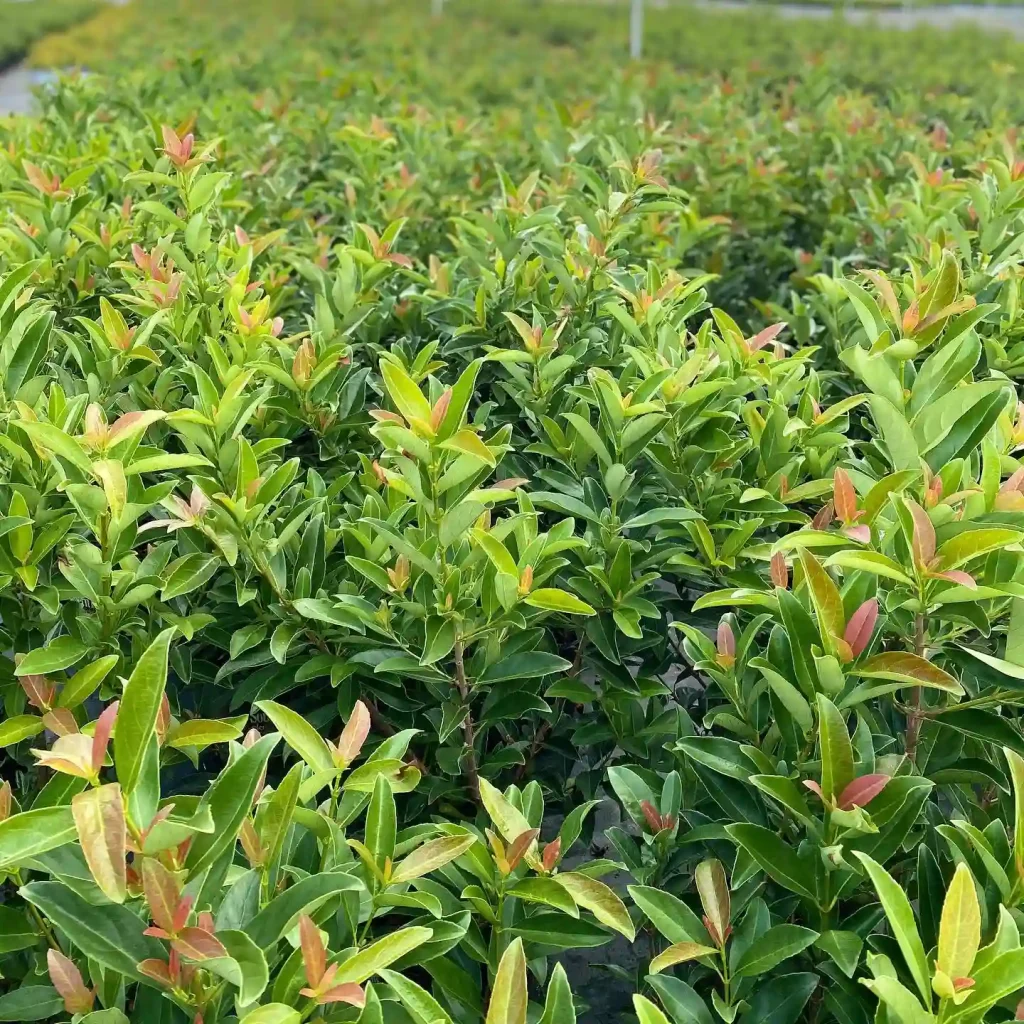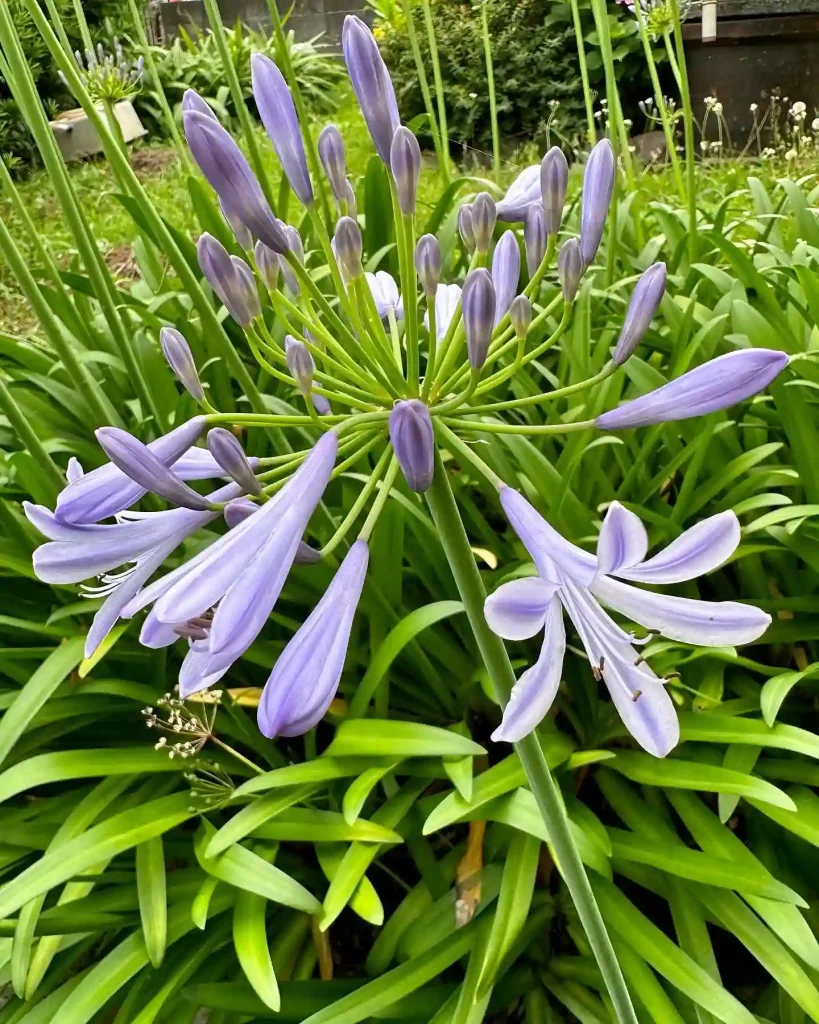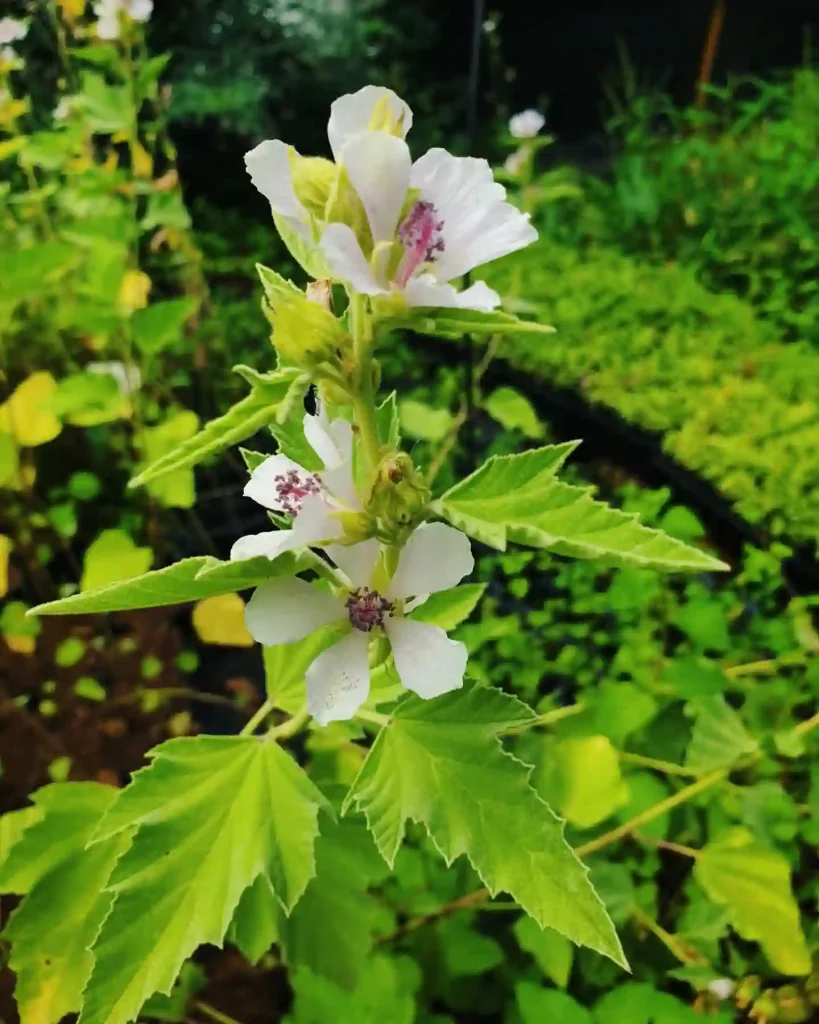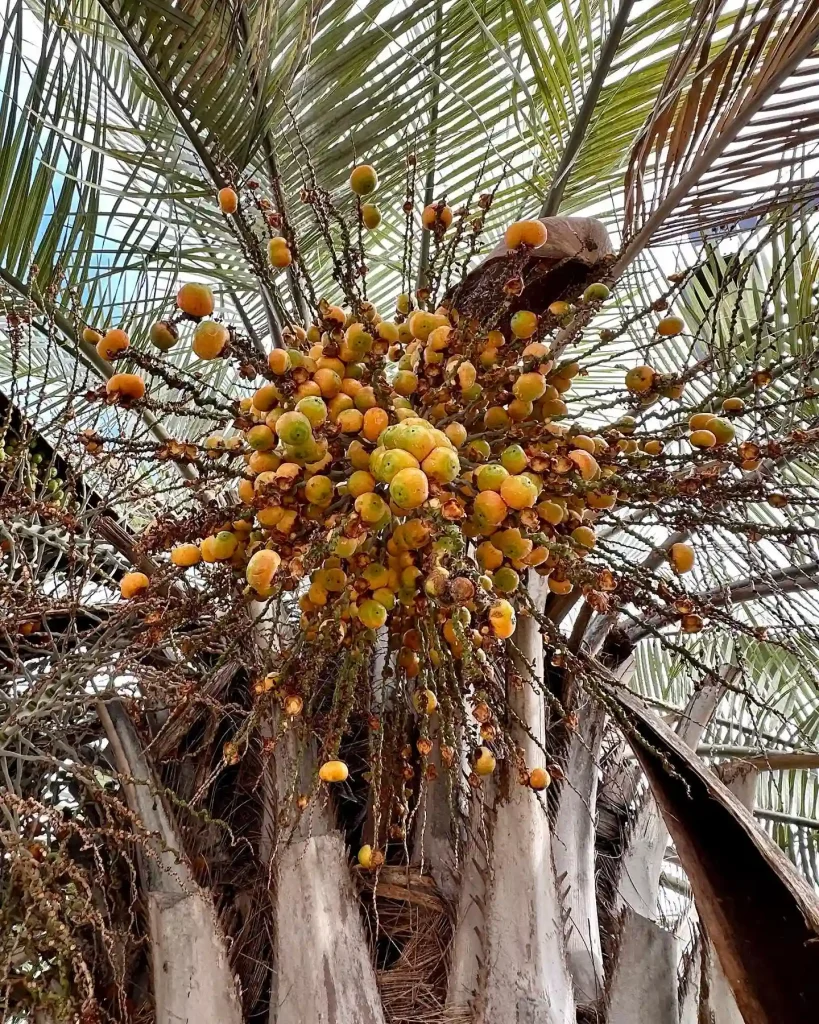Aster Tataricus: Your Go-To Guide for Growing and Caring
If you’re like me, you probably appreciate having a garden full of vibrant colors and textures. One plant that’s recently captured my attention is Aster Tataricus. Known for its tall, striking blooms and long-lasting flowers, Aster Tataricus can be a wonderful addition to any garden. In this article, I’ll share everything I’ve learned about this plant, including where to buy it, how to care for it, and more.
187 Species in Genus Aster
Where to Buy Aster Tataricus?
When it comes to purchasing Aster Tataricus, you have several options. You can find this plant at local nurseries and garden centers, especially those that specialize in perennials. If you prefer shopping online, websites like Burpee, White Flower Farm, and Plant Delights Nursery offer Aster Tataricus. Additionally, you might find it on larger platforms like Amazon or Etsy. I’ve found that buying from specialized online nurseries ensures that the plants are well-cared-for and true to their description.
How to Care for Aster Tataricus?
Caring for Aster Tataricus is relatively straightforward, and it’s part of what makes it such a fantastic plant for both novice and experienced gardeners. Here’s what you need to know:
- Sunlight: Aster Tataricus thrives in full sun to partial shade. In my garden, it’s done exceptionally well with about six hours of sunlight each day.
- Soil: It prefers well-drained soil. I’ve had the best results in loamy soil, but it can tolerate a range of soil types as long as it doesn’t stay soggy.
- Watering: Regular watering is important, especially during dry spells. However, be cautious not to overwater. I usually water mine when the top inch of soil feels dry.
- Fertilizing: Aster Tataricus benefits from a balanced fertilizer applied in the spring. I use a general-purpose garden fertilizer, which seems to keep the plant robust and blooming.
How to Propagate Aster Tataricus?
Propagating Aster Tataricus can be done either through seeds or division. Here’s a quick rundown on each method:
- Seeds: Sow seeds indoors about 6-8 weeks before the last frost. They need light to germinate, so lightly press them into the soil and keep them moist. Once they’ve sprouted and are large enough to handle, you can transplant them outdoors.
- Division: Divide mature plants in early spring or late fall. Dig up the plant, separate it into sections, and replant them in well-prepared soil. This method has worked well for me and results in vigorous new plants.
What to Plant With Aster Tataricus?
Aster Tataricus pairs beautifully with other fall-blooming perennials and ornamental grasses. In my garden, I’ve planted it alongside Echinacea and Rudbeckia, which complement its colors and extend the blooming season. Ornamental grasses like Miscanthus or Pennisetum also create a lovely backdrop for Aster Tataricus, adding texture and movement.
Can You Grow Aster Tataricus Indoors?
While Aster Tataricus is primarily an outdoor plant, it can be grown indoors in large containers if given adequate light and space. I haven’t personally grown it indoors, but if you have a bright, sunny location or a grow light, it’s certainly possible. Just keep in mind that it prefers to be outside where it can spread out.
Is Aster Tataricus Toxic?
Aster Tataricus is not considered toxic to humans or pets. I’ve never had any issues with my dogs or kids being near it. However, as with any plant, it’s best to keep an eye on curious pets and young children, especially if they have a tendency to munch on plants.
Benefits of Aster Tataricus
The main benefits of Aster Tataricus are its stunning late-season blooms and its ability to attract pollinators. Butterflies and bees are especially drawn to its vibrant flowers, which can add a lively touch to your garden. Additionally, Aster Tataricus is quite resilient, making it a low-maintenance choice for adding color and interest to garden beds.
Common Problems with Aster Tataricus
One common issue with Aster Tataricus is its tendency to become floppy as it grows taller. To combat this, you might need to stake the plants or provide some support. Another issue is powdery mildew, which can occur in humid conditions. Regular air circulation and proper spacing between plants can help minimize this problem.
Compare Aster Tataricus with Similar Plants
If you’re considering Aster Tataricus, you might also be looking at similar plants like Aster Novi-Belgii (New York Aster) or Aster Amellus (Italian Aster). Compared to these, Aster Tataricus is taller and has larger blooms. Aster Novi-Belgii tends to be shorter and bushier, while Aster Amellus has a more compact form and different flower shape.
In conclusion, Aster Tataricus is a fantastic addition to any garden, offering beautiful late-season blooms and relatively easy care. Whether you’re buying it from a local nursery or an online store, it’s worth considering for its striking appearance and pollinator-friendly qualities.
If i die, water my plants!



